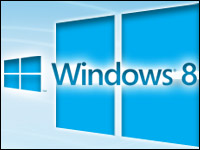
I have been taking a closer look at two of the brand-new technologies that are really shaking up the computer world. One is Microsoft’s Windows 8 operating system with all those funky tiles. The other is the Lenovo Yoga 13 laptop. The changes are many. Some will think all this change is good, others will not. Let’s look at the good, the bad and the ugly.
Let’s start with Windows 8. The good news is, many users will absolutely love this operating system. The bad news is, many will not.
I like Microsoft, but am sorry to say I don’t believe Windows 8 will instantly be the big winner it hopes it will be. Let me explain.
Risky Rollout
I believe Microsoft is taking a risk in the way it is rolling out this new platform. Sure, it will stop many customers currently thinking of moving to Apple and may even win a few customers back who previously moved to Apple. However, I think Microsoft also risks losing customers — and that is the problem.
If you are an early-adopter type, you may love Windows 8. If you always want to play around with anything new, this is for you. Sure, there are some bugs, but essentially it’s a brand-new and very innovative way to offer Windows. It’s cool and new.
It does offer a platform that lets your Windows computer, your Surface tablet and your Microsoft wireless phone all talk together. And in fact you can store your information on the Microsoft Cloud rather than on an individual device.
If that is where you are heading, you will love the concept of Windows 8. It is a great new competitor to the Apple world and iCloud. In fact, it works well with touchscreens, something Apple has not even rolled out yet.
Good features
Microsoft took the best of what is on the market today like Cloud and Tiles. This will help it attract and retain certain users.
Microsoft has introduced the same kind of touchscreen interface it now has on the Surface tablet and smartphones. The Microsoft Cloud will become increasingly important as more customers choose it to store their data rather than saving it to their devices.
Windows 8 has a much-improved use of memory, better management of Internet Explorer memory, much-improved security, and if you use the new tiles format is supposed to be faster as well.
However, as advanced as this OS is, I predict sales will be soft, at least for a while, like sales of Windows smartphones. Early adopters will love it, but this is too much of a change for the average user to deal with quickly.
I think Microsoft worries more about investors than customers, and this is finally coming around and biting the company in the rear end.
This is a revolution for Microsoft, and this is just the beginning. It will be interesting to see what it will win and lose in the process.
So, advantage Microsoft for the early-adopter crowd.
Strategic Error
On the other hand, if you think all this new technology is impressive, but would prefer to stick with your more familiar operating system like Windows 7 or even XP, you won’t be happy.
Microsoft is going all-in with Windows 8, forcing all customers into this new segment and that’s the problem. That is a big mistake.
However, this is so Microsoft — this is what it has always done. When it was the leader, it could get away with it. I don’t think it can today.
The marketplace is changing, and this is suddenly a growing risk. In the past, Microsoft was the only game in town, so users had to put up with the changes, like it or not.
Today, though, there are competitors who are changing the game and threatening the Microsoft hold on the market. Companies like Apple and Google and others represent a threat to Microsoft in operating systems, Internet browsers and software.
Because of this new world, the best strategy for Microsoft would be to both protect the customer base as well as move into this innovative new area.
Microsoft lost a great opportunity here. Remember Windows 2000? When the next Windows XP came, it gave customers the option to use either the new XP mode or the existing 2000 mode in XP that customers already knew. This was a stroke of genius. This helped users update even if they were not yet ready to switch.
That would be my recommendation for Microsoft for every upgrade. Unfortunately, that’s not the path it is taking.
Back then, it gave customers the ability to hang onto and continue to use whichever operating system they preferred. Now, apparently, Microsoft doesn’t think customers prefer to make their own choices. This is wrong.
Know Your Customers
Not every customer is interested in what is brand-new. Many customers just want to use their computer systems to run their business and the business of their lives. They don’t like having new questions when the previous operating system was just fine.
It’s all about building the long-term brand — something Microsoft doesn’t do well.
With all that said, I am still impressed with Windows 8. At first I was put off, but after taking a second look, I am coming around. Just remember this is a totally different operating system and it’s very different from what you are used to.
Microsoft is following Apple with Windows 8. However, now it looks like Microsoft is leading with the touchscreen — for now, anyway. Talking with Apple users, I find many of them really want a touchscreen. It’s interesting to watch how the balance of power shifts back and forth.
Bend and Twist
Now let’s take a look at some of the first-generation hardware that has been introduced to use Windows 8. This is where the rubber meets the road and the whole world for users changes.
The new Lenovo Yoga 13 is something to consider.
Why does Lenovo call this device “Yoga?” The best way to explain is just to think about people doing Yoga. They contort themselves into all sorts of unnatural looking positions don’t they? Same here.
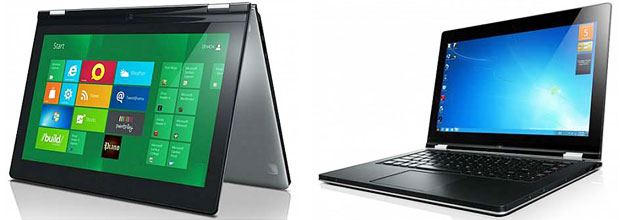
If you want to use the Lenovo Yoga 13 as a normal laptop, you can do that.
However if you want, just like a transformer toy, Yoga can transform into a variety of different devices from a laptop to a tablet computer to a movie screen, a presentation screen and more.
Oh, and it has a touchscreen as well. Take that, Apple.
As a laptop, it looks and feels and works well. However when folded to a tablet, it is thicker and heavier than most tablets, and the keyboard is on the bottom exposed to dirt and damage.
However, carrying one single device is smaller and lighter than carrying several different devices.
Not for Everyone
The hard drive on this first-generation device is also very small. Perhaps Lenovo expects you to use the cloud. That would be fine, but does that mean this device is really only a cloud machine? Users who don’t want to store their stuff on the cloud should be careful.
I still have plenty of questions, but this innovative new Lenovo laptop is a winner so far. It costs around US$1,000, weighs about 3.3 pounds and is only 0.67 inches thick.
The bottom line is, Microsoft Windows 8 and Lenovo Yoga laptop are innovative and generally very good. However they are different from the traditional computer experience, so you will have to decide whether the time is right for you.
If you prefer the traditional Windows and laptop approach, there is no reason to update now.
However if you prefer one device that acts like several, and a new operating system that ties several devices together under one cloud account, than this is definitely worth consideration.




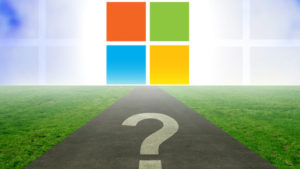

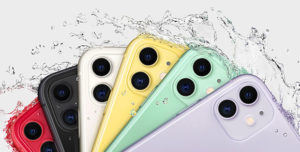
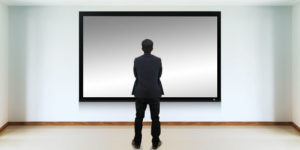
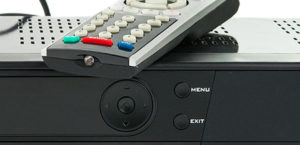




































Microsoft did not do what it should have done years ago – which was to tell it’s developers that "old" software will no longer work on it’s newer OS (win7) and will not run in a virtual environment either. I did mention this at a dealer sales meeting more than 10 years ago. It’s dominant position at the time left it in a vulnerable position in a way. It should have taken a stand so that the industry could move forward faster.
Make up your mind.. has Microsoft always done this?
"However, this is so Microsoft — this is what it has always done. When it was the leader, it could get away with it. I don’t think it can today."
Or not..
"Remember Windows 2000? When the next Windows XP came, it gave customers the option to use either the new XP mode or the existing 2000 mode in XP that customers already knew. This was a stroke of genius. This helped users update even if they were not yet ready to switch."
I think most would say that Microsoft has *always* decided to maintain backwards compatibility and resist any change that would alienate their existing user base. After all enterprise customers have been their life’s blood for so long. Windows 8 is *not* what they have always done. It is a bold and risky step but I think a necessary one. Otherwise a simple iteration of Windows 7 would have been the start of a downward spiral into mediocrity. That’s no way to compete in the new world of iOS and Android.